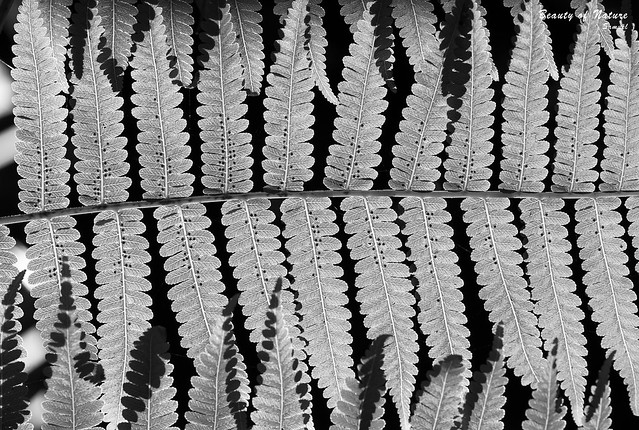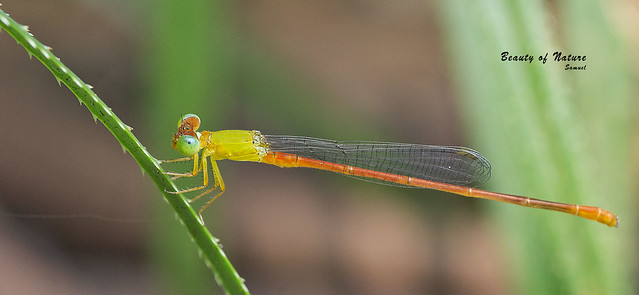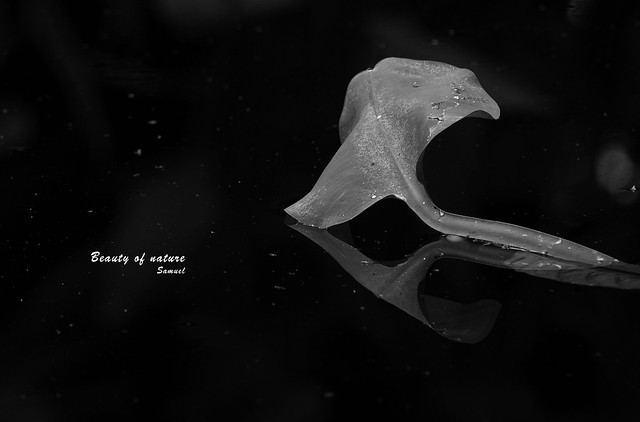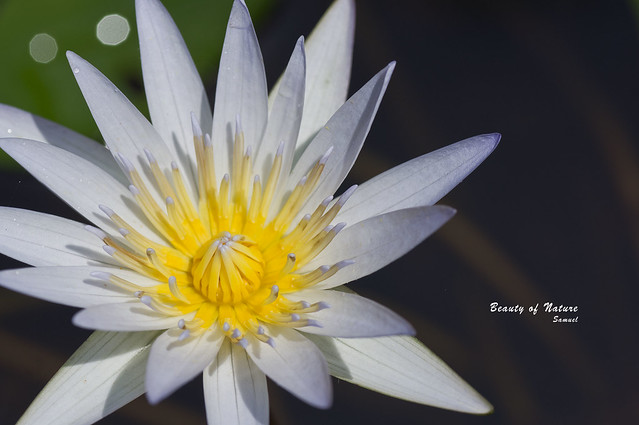Peranakan Mansion, a museum that exhibits antiques of the Peranakan which tells the stories and the culture of the Peranakan.
The Peranakans, also known as the Babas and Nyonyas, was a prominent community of acculturated Chinese unique to this part of the world, especially in the Straits Settlements (Penang, Malacca and Singapore) hence its other name, the Straits Chinese. Adopting selected ways of the local Malays and later, the colonial British, the Peranakans had created a unique lifestyle and customs which had not only left behind a rich legacy of antiques but its cultural influences like cuisine and language are still evident in Penang today.
At the Pinang Peranakan Mansion, the typical home of a rich Baba of a century ago is recreated to offer a glimpse of their opulent lifestyle and of their many customs and traditions. With over 1,000 pieces of antiques and collectibles of the era on display, this Baba-Nyonya museum is also housed in one of Penang’s heritage mansion of eclectic design and architecture. Built at the end of the 19th century by one of local history’s famous personalities, the ‘Hai Kee Chan’ or Sea Remembrance Store had once served as the residence and office of Kapitan Cina Chung Keng Kwee. Though not a Baba himself, his Chinese courtyard house was much like a typical large Baba home of eclectic style, incorporating Chinese carved-wood panels and English floor tiles and Scottish ironworks. Having survived the many decades of neglect and decay, the mansion has now been restored to its former glory of a stately home.
Source from: www.pinangperanakanmansion.com.my/This is the 4th time that I visit the Peranakan Mansion as my brother-in-law have never been there, so I just be his guide and went to the mansion for some photo shooting.
Below are some of my works from the Peranakan Mansion:

A dragon sculpture found in the Peranakan Mansion.

A basin with the Chinese word "double happiness" on it. This Chinese word is mostly used during wedding in Chinese culture.
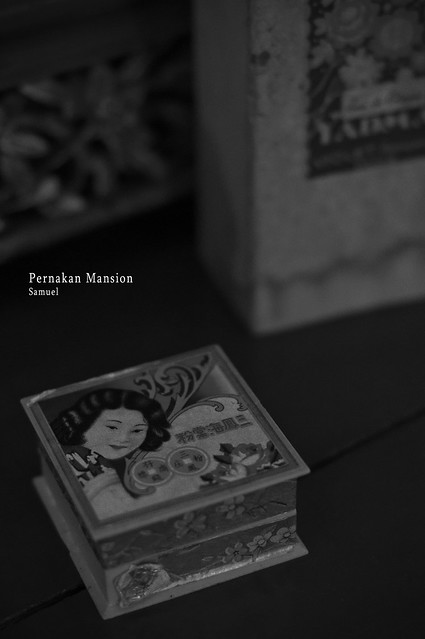
Pressed powder of the olden days.
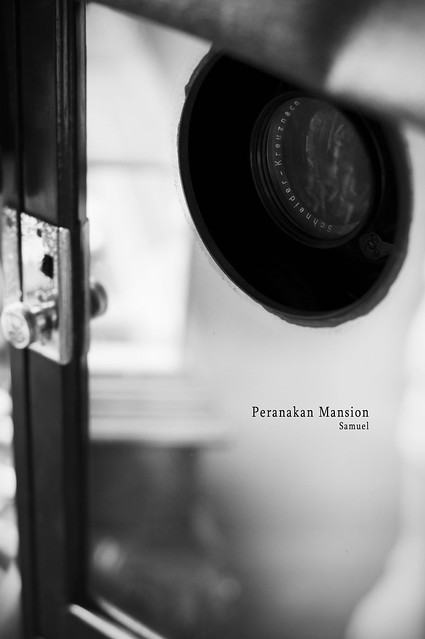
An early days studio camera manufactured by Schneider-Kreuznacn.

An olden days black and white TV.
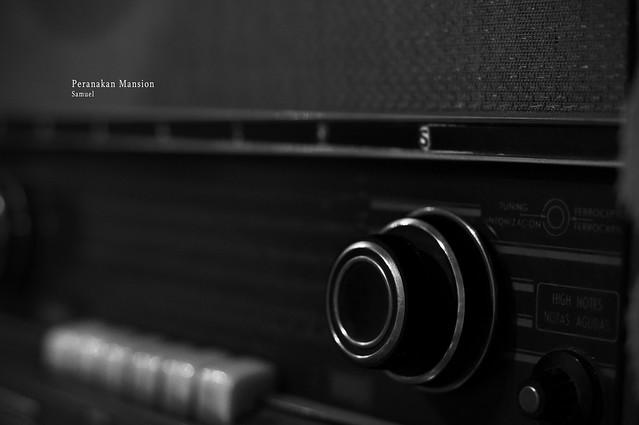
An early model of radio that mostly owned by the rich.
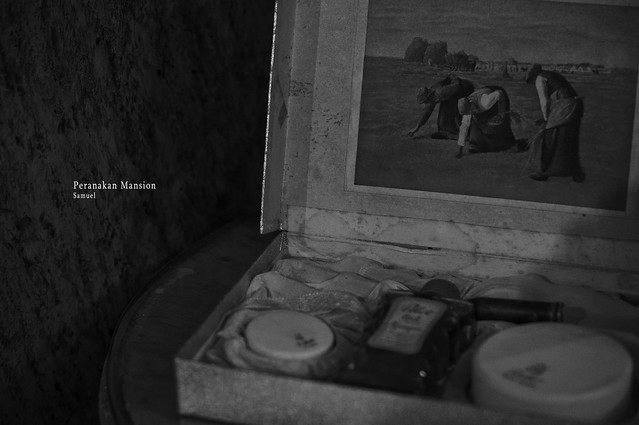
Is the picture in the box indicates that the ingredients used to made the cosmetics are all natural?
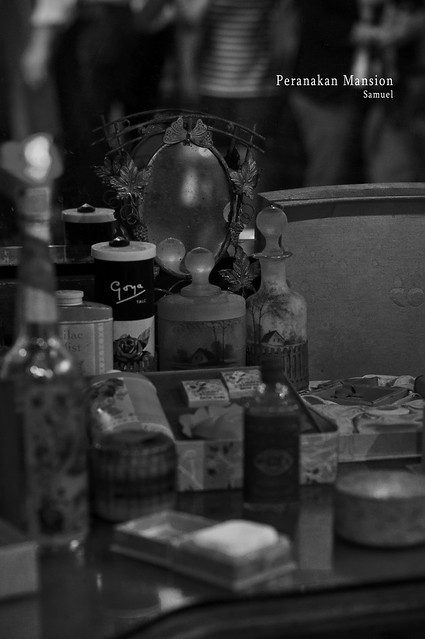
A table with a small mirror, cosmetics and perfume that belongs to the hostess of the mansion.

A delicate ceiling lamp with the angel sculpture holding one of the lamp.

This yellow lamp looks like the Sun hang on the ceiling.

The staircase leads to the upper floor in the Peranakan Mansion.
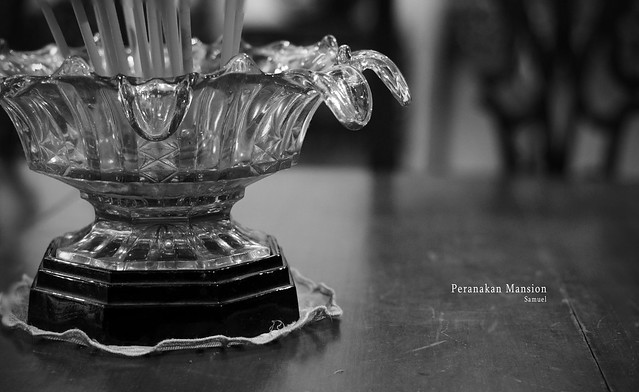
A bowl made of glass that imitates the shape of a flower.
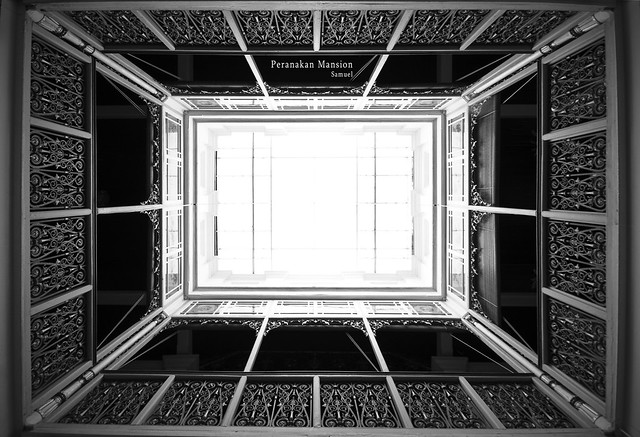
Taken at the center of the courtyard. This is how it looks like when looking up at the courtyard center.
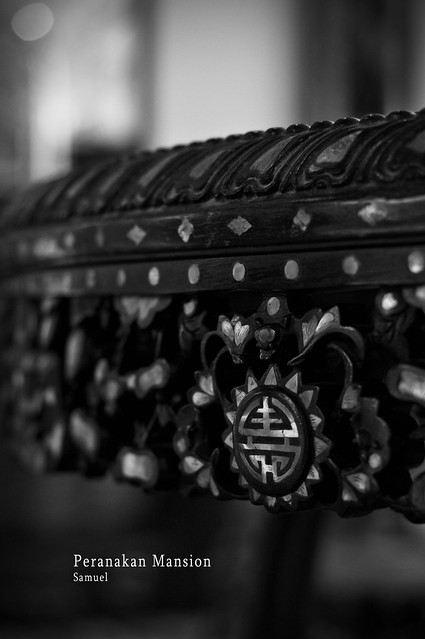
A sculpture on a wooden table. The circle with the ancient Chinese word "寿" which means longevity was hold by a bat. In Chinese culture, bat is known as "蝠", same pronunciation as "福" which means fortune.

An ornament in the Peranakan Mansion, the actual function of this ornament is unknown to me.

Some cards that was used in the game of Cherki.
Cherki is a card game played by some members of the Peranakan Community today. It was notoriously known in the past and many a nonya and bibik were caught and taken to jail in black pariah vans as gambling was soon outlawed by the colonial government. Cherki was so immensely popular and was so influential that many nonyas pawned or sold their jewelery just to try their luck at the game. Playing Cherki is not easy as it has many hokkien and baba malay words that are used in the game. It is rather difficult for Peranakans not conversant in hokkien or baba malay to be well versed in the game. The symbols and characters used in Cherki cards denote such names that are used while playing. Nonyas of old would gather around the cherki table to gossip, chew sireh, or chit chat while playing the game. You can still get Cherki cards from Malacca till this very day. Afterall the game originated from Malacca.
Cheki is a card game created by the Babas and Nyonyas of Malacca : the popular names granted to the Straits born Chinese or "Peranakan", who incorporated unique features from the Chinese, Malays and English into a prosperous culture that flourished till the early days of the 20th century in the former Straits Settlements of Malaya. The game itself is played using a deck of 60 cards, each measuring about 60mm X 24mm, with three suits and nine numerals for each suit. The game is rather similar to the western "Gin Rummy" and still is a popular leisurely pursuit of the Babas and Nyonyas today. In the golden age of the Babas however, Cheki was as addictive as Mah-jong is to the Chinese of today, and such was the gambling craze associated with this game that small fortunes were often lost over a hand.
source:
peranakan.hostoi.com/page9.htm
